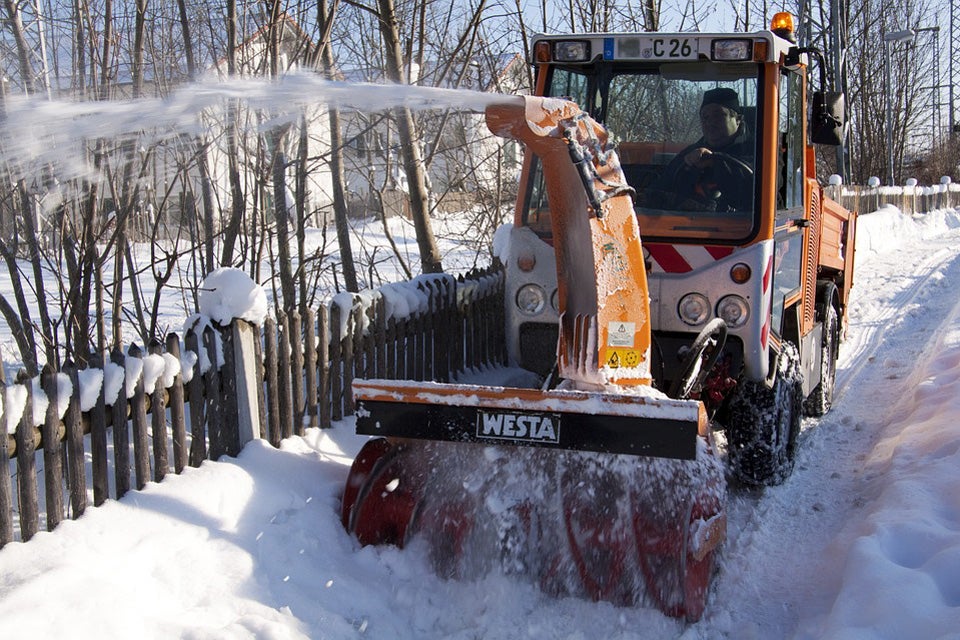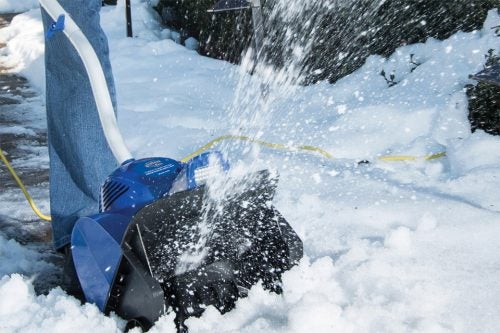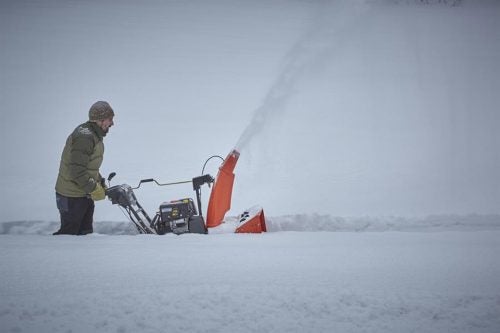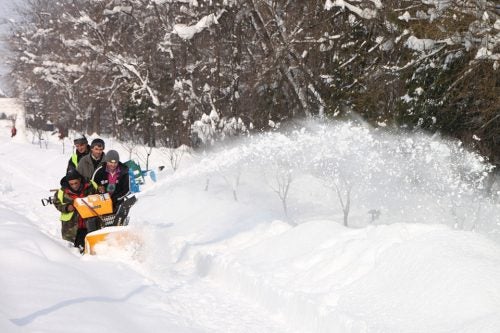It should come as little surprise to anyone that has experienced a winter north of the border that the first few models of snowblowers were invented by Canadians. The first documented ‘snow’ machine was patented in 1869 by J.W. Elliot from Toronto, but it was never produced.
In 1884, Orange Jull from Orangeville, Ont., hired the Leslie brothers to build his self-powered snow machine, which was pushed by a locomotive and used two fans to break up snow and fire it out a chute. However, there were some issues with clogging, so it was trimmed down to a single fan model with impeller blades to throw the snow, much like today’s dual-stage person-propelled snowblowers. Jull continued to refine his machines, with the next one using a screw auger, but unfortunately they weren’t too effective, and only eleven were made.
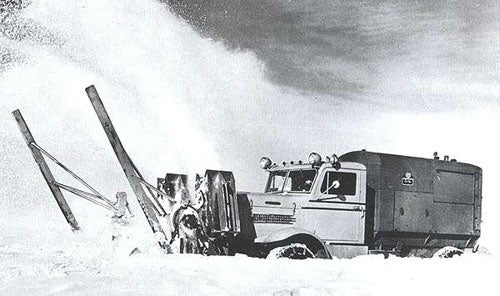 |
Next came Arthur Sicard, a Canadian inventor who was inspired by a grain thresher in 1894 and began working on his first snowblower soon after. His motivation was to help farmers who needed an easy way to clear snow off their fields so their cows could feed. Surprisingly, it took him 31 years to get the design right. In 1925 he unveiled his machine in Montreal, and started taking orders on his aptly-named “Sicard Snow Remover Snowblower”.
What did the first mobile snowblower look like? It was basically a truck with a scooper and a snow thrower chute, with a separate motor to propel the snow. The truck was used to throw snow 90 feet away, or the snow could be put in the back of the truck and taken away. The mobility of using a truck instead of a train made the snow remover popular; however they were much too expensive for all but large cities.
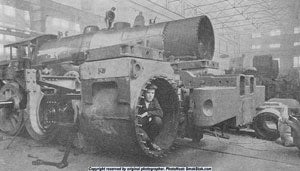
Next came the first human powered snowblower (or snowthrower), which was built by a company named Toro in 1952. Not surprisingly, Toro is also a Canadian company, and they are still in the business of making quality snowblowers. In the 1960’s more companies started introducing their own models, and the age of the modernized snowblower began. As time passed snowblowers became more powerful, and easier to handle.
In the 1970’s the first personal two-stroke snowblowers emerged, which were a boon to home and business owners living in areas that received significant snowfalls. The first models were developed by Gibsons and were called “Snow-Cannons”. The largest engines in the ’70s produced 8 horsepower, and grew to 11 horsepower in 80’s. Today 13 horsepower is common.
Today’s snowblowers comes with a ton of accessories: heated handles, motors to rotate the chute, battery-operated ignitions, and even headlights. Many manufacturers are taking steps towards greening their machines, so consumers don’t have to feel like they are sacrificing the environment for the sake of a clear driveway. Electric models are available, though they don’t have as much muscle as gas-powered models, and every year the new models are more efficient.
From the first giant locomotive-powered blower to today’s super-compact one-man models, snowblowers have come a long way over their 100 year history. Who knows what the future holds? Although this is a slowly evolving industry, tomorrow’s snowblowers are sure to be faster, more powerful, and more affordable. They’ll probably have lots of cool options too!
